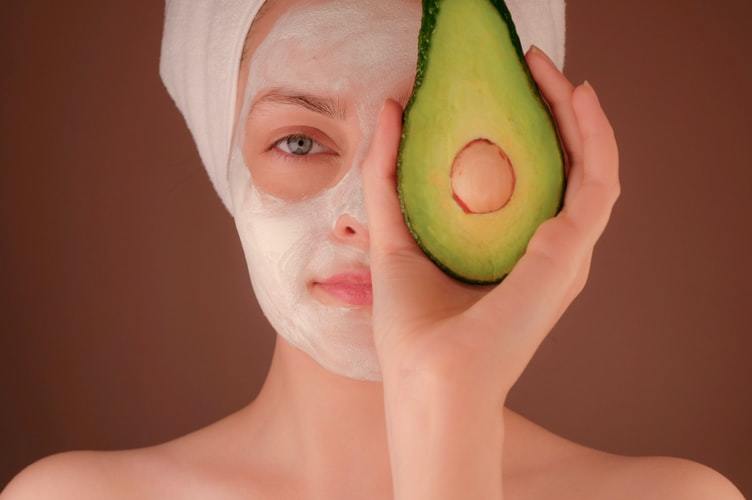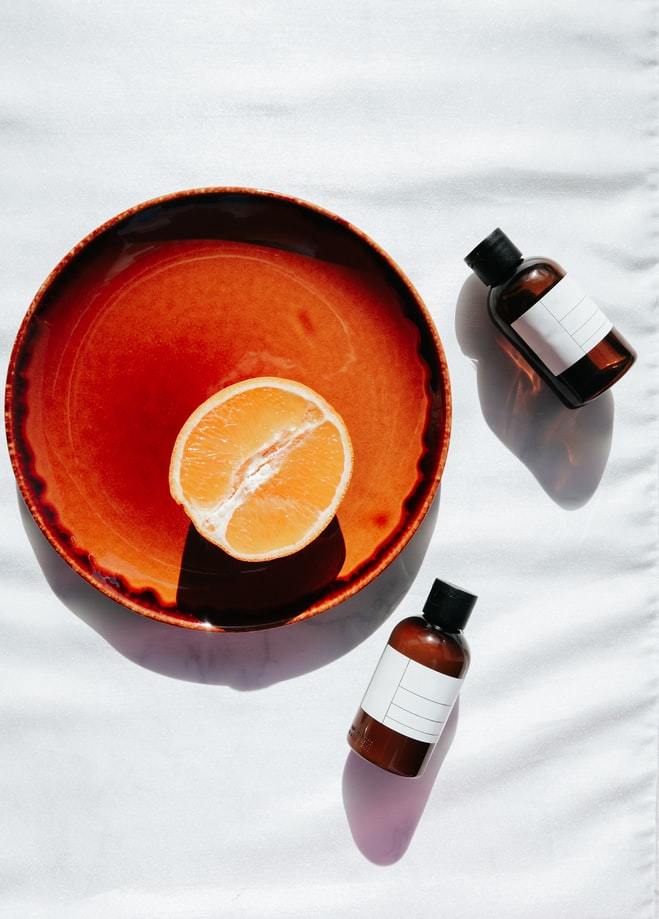
Finding the right skincare routine can take a lot of trial and error, and nothing beats the feeling of finally being able to settle for products that work well for your skin. It’s all about finding a routine that you can sustain for at least a year, or until you see some new changes to how your skin adapts to the products you are using.
Combination skin can be tricky to care for. It uses up a lot of products, and your skin can easily get used to a product or mix of products. The goal is to find the skincare routine that works best for you without breaking the bank. Don’t be scared to remove some products, add acids, or go for gentler ones.
Here we discuss the basic ways you can build a skincare routine for your combination skin.
Introducing New Products
Once you enter the world of skincare, it can get overwhelming and at some point confusing which ones to try first. Whatever new product you plan to add to your already existing ones though, make sure to give your skin time to adjust for at least a week. This allows your skin to get used to the new product, and become accustomed to its beneficial effects.
You can also introduce a new product by mixing it with an old one. If you really want to try a product right away, try getting samples first before committing to purchasing full-sized products. This way, you won’t feel bad about not finishing the product because it’s too expensive or too big for your needs. Another option is buying travel sizes which I highly recommend as these are generally cheaper than the full-sized ones and have better expiration dates.
Now let’s get into the step by step process of a basic skincare routine:

Cleansing
Cleansing is the most important part of your skincare routine, regardless of your skin type. It also sets the tone for how well your other products will work. Make sure to use a mild cleanser that wouldn’t irritate your skin. You can opt for a foaming or cream cleanser as both have benefits: Cream cleansers tend to be richer and emollient, while facial washes are lighter in texture and leave you feeling fresh.
What about double cleansing? Double cleansing is the first step of your double-cleanse, and it’s where you use an oil cleanser to remove makeup and/or sunscreen. It helps get rid of stubborn makeup, dirt, or oils in large quantities that wouldn’t normally come off by just cleansing with a facial wash. We highly recommend going for balms or oil-based cleansers instead of using wipes. Your combination skin will love the gentleness of these cleansers and will even help regulate sebum production in the long run.
Toners
Combination skin will tend to feel tight after cleansing and it’s one of the reasons to have a great moisturizing toner within your stash. Toners can also be used to wipe off excess dirt, dead skin cells, and oils that your facial wash might have missed. It’s also a great way to tone down any redness and help improve the overall texture of your face before applying moisturizer. You can apply toners directly using your palms or use a cotton pad. Avoid using too much pressure when wiping, as this can irritate your skin. Help your skin absorb the toner better by lightly patting your face.
Toners should feel light and refreshing. In fact, you can also use it outside of this skincare routine step as a mist.
Moisturizer
For combination skin, it is best to use different moisturizers for day and night use. The daytime moisturizer should be light to still let your skin breathe. The best choices are gel-creams or water cream moisturizers. Then, switch to creams for nighttime. You can also control the amount of moisturizers you apply to certain spots of your face. For instance, you can definitely use a thicker moisturizer for your dry patches for day and night.
Keep in mind that if you’re using acids or retinoids, you might need to apply a thicker moisturizer at night, and higher SPF during the day.
Apart from these basic steps in skin care, you can also explore adding supplements in your routine including exfoliants and serums.
Acids/Chemical Exfoliants
If there’s even one line anti-aging product you want to invest in this year, it would have to be an AHA. AHAs are best for brighter, smoother skin with more even tone. They work by gently loosening the bond between dead and dying skin cells on your face to promote exfoliation and make way for newer fresh ones. It also works well in treating sun spots, fine lines, and hyperpigmentation.
You can use a toner or an essence with pH lower than 4 as a prep up before using AHAs. You should see results after days of consistent use. However, if you’re planning to try out high-strength formulas such as 10% or higher, it’s recommended that you go through patch testing first just in case there are chances of irritation. Also use chemical exfoliants sparingly – not more than 3 times a week.
Serums
There are no specific serums for combination skin. The main consideration for the serum you’d like to pick out is the other skin issue that you are dealing with.
For example, if you’re having dull skin, slowly pick out products that deal with brightening your skin. You can then incorporate a vitamin C serum to help keep your skin free from signs of aging and oxidation. Here’s a quick view of a skincare routine for combination skin:
Cleanser: Centella Green Level Cleansing Foam by Skin79
Exfoliant: I’m From Honey Warming Black Sugar Scrub
Moisturizer: Benton Fermentation Eye Cream + DIY Raspberry Serum (recipe inside) + Innisfree Green Tea Sleeping Pack Sample Size (about half a sachet)
Serums/Essences: Deciem The Ordinary 100% Plant-Derived Squalane , The Yeon Jeju Lava Seawater Essence
Last Updated on
- Exhaust fan vs ceiling fan - September 24, 2022
- What is Air Purifier Necklace? - August 30, 2022
- Can You Use an Air Purifier and Fan at the Same Time? - August 28, 2022
